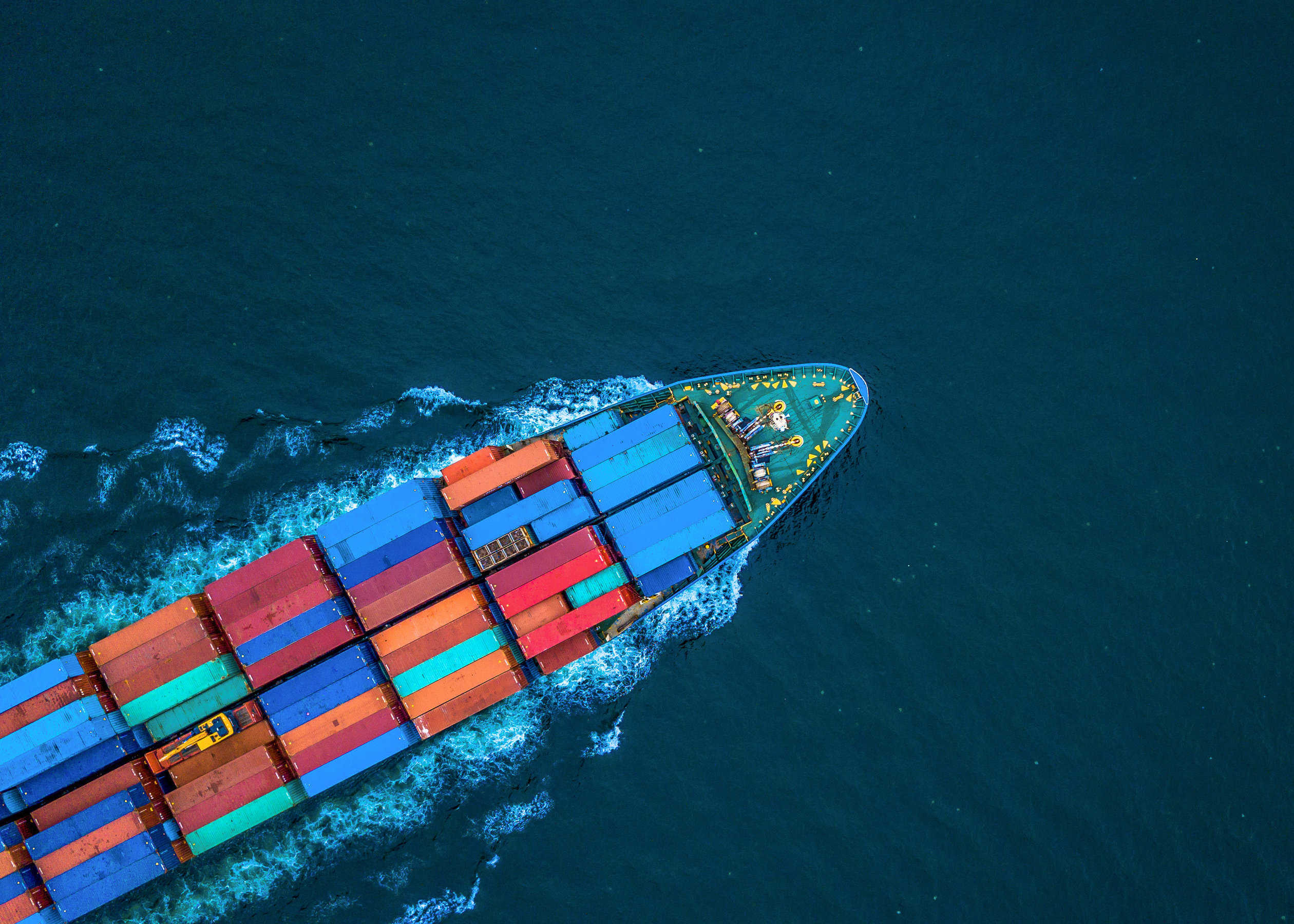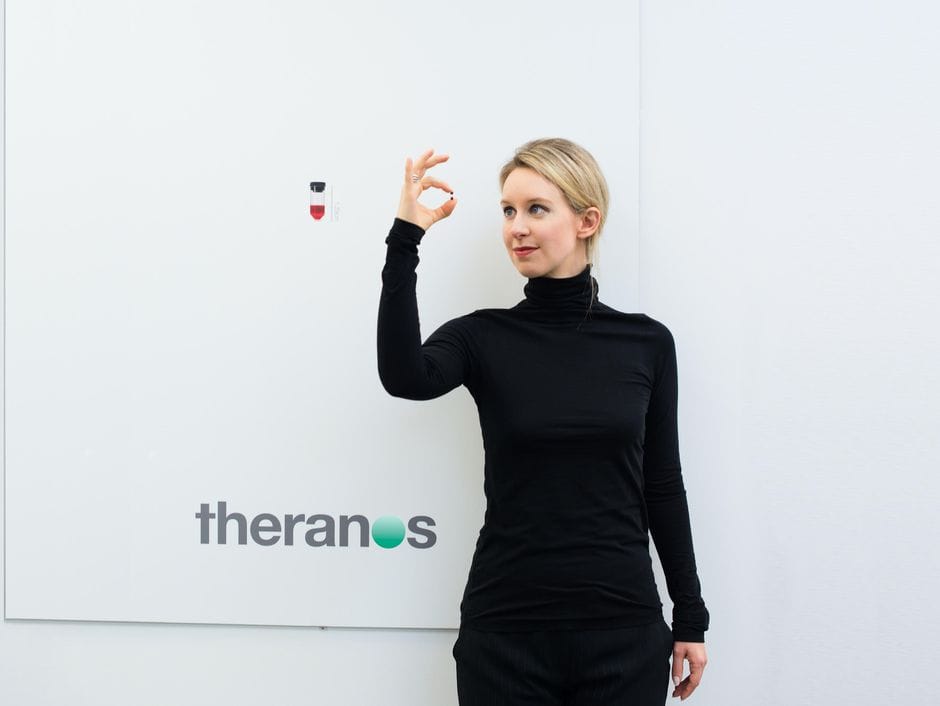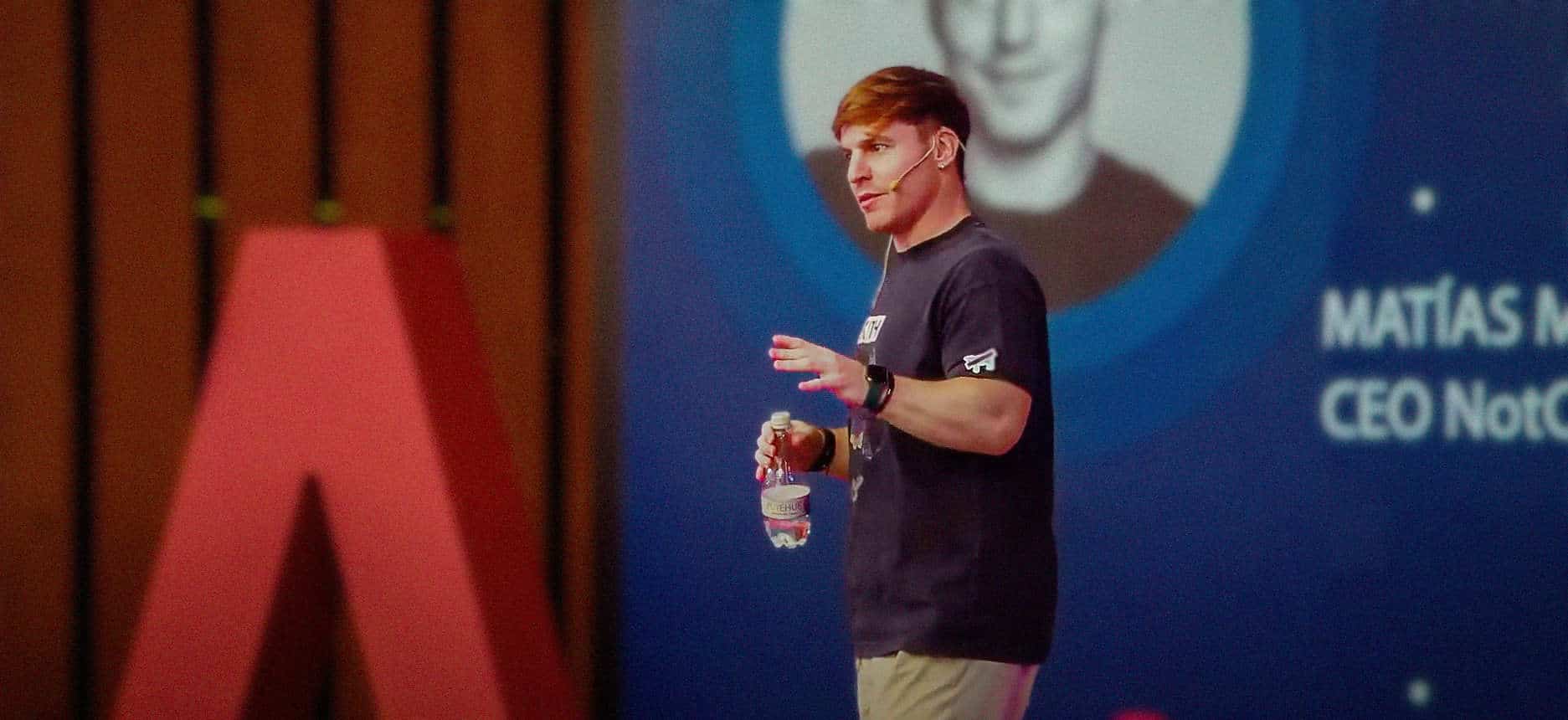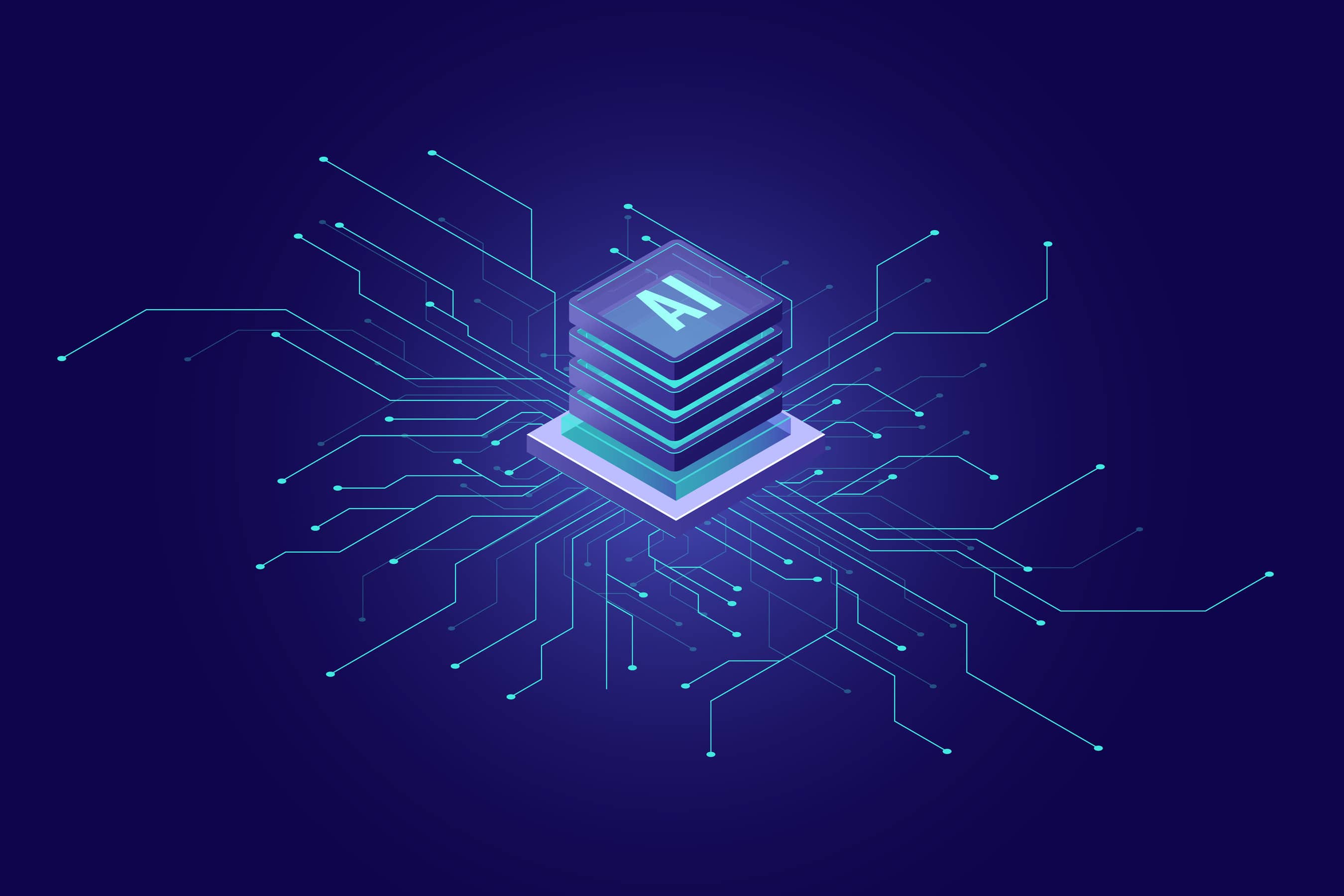Finkargo, which finances SME imports in Colombia, recently received US$75 million from the U.S. firm Community Investment Management. After growing locally, they now want to replicate the model throughout the region. “Getting an SME to improve its conditions in the international market is what moves us every day,” says its CEO, Santiago Molina, who answered Contxto’s questionnaire.
What problem does Finkargo solve?
Any company that carries out foreign trade processes or accesses global value chains is 40% more productive than one that does not. However, accessing this market is very costly—prices in dollars, advance payment negotiations, and long recovery times of the invested capital. Many complications in the logistics process end up translating into working capital. Ultimately, this translates into growing with your own capital, borrowing from traditional banks, or leveraging alternative systems. For an SME, using capital is a matter of how quickly I can see the return on that investment. With logistical processes of 60 or 90 days until the merchandise is available and then payment terms of another 30 days, it is very difficult to improve margins with the first option. Traditional banks have a credit acceptance rate of 50% for SMEs that carry out foreign trade operations. This means that the bank denies one out of every two credits.
And finally, alternatives focused on import financing did not exist. And that was why we were born, to fill that financing gap and enable more companies to access global value chains.
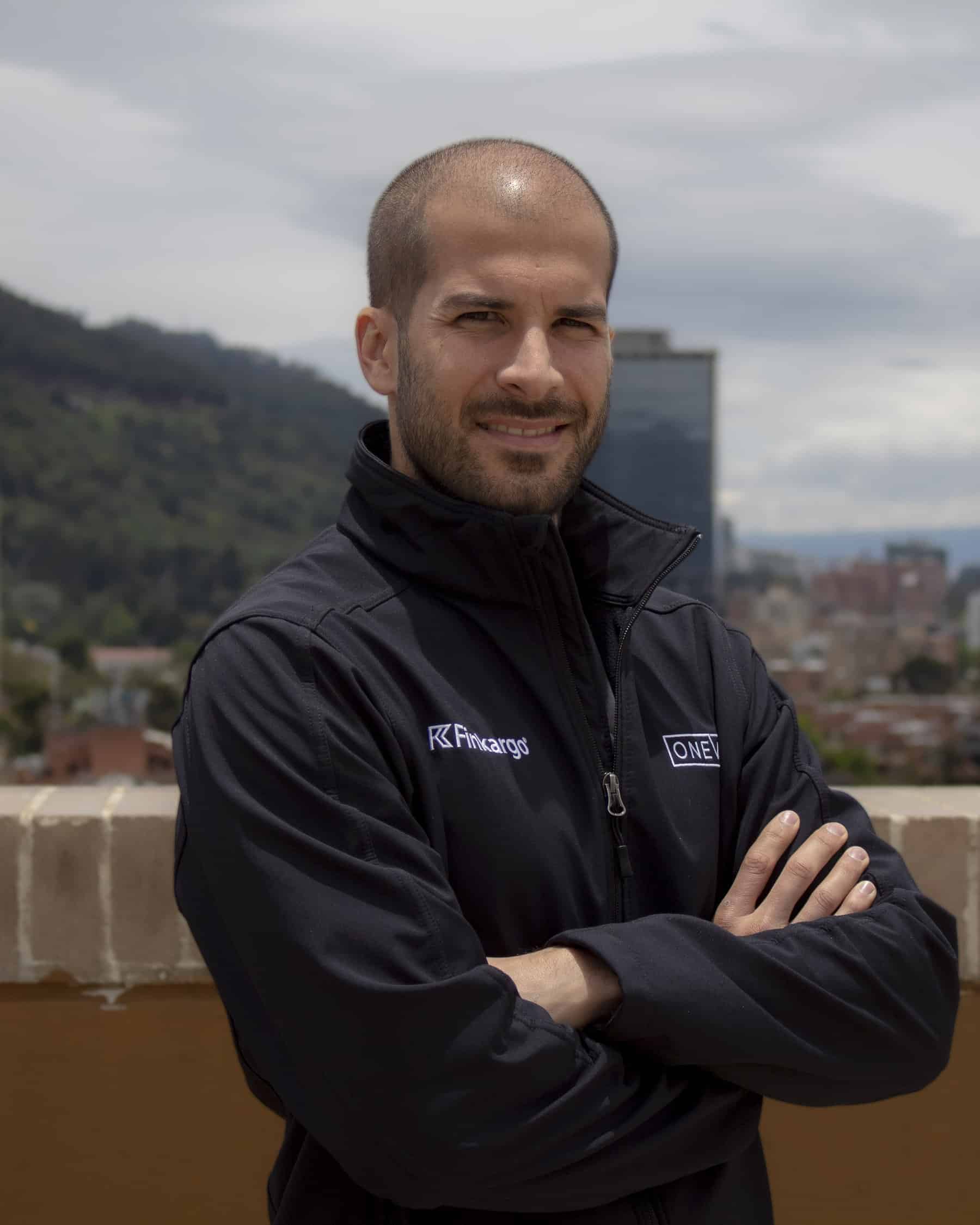
-How is it different from others that have tried this idea before?
The beauty of this business is that no companies have tried this before. The reality of our business and the beauty of our value proposition is that we use the same asset that today for the company is an investment (the merchandise) as the guarantee of the financial operation we carry out. That is to say, every time one of our clients places an operation, it is extending its cash flow (using external capital to grow), and once the merchandise arrives at the port, the operation must be up to date. To set up a model that withstands the logistical variables that this entails, with the financial variables, you have to have a technology engine that is robust enough to understand the complexities of each business and adapt. That’s what we love about the complexity of our business, the ability to adapt and be flexible.
-How do you generate revenue?
We are a financing platform. We offer working capital for companies to access improvements in the delivery times of their goods, create new product lines, bring in more merchandise and negotiate better with all the players in the logistics chain. To give companies access to this financing, we charge interest on the financing offered in the specified time frame (from 30 to 150 days).
-Tell us a Latin American startup you admire.
Cornershop. I deeply believe that the road to being a large and profitable company is possible if the process, work, and philosophy align with their attitude toward improving people’s lives. They managed to be a unicorn, get acquired by one of the best technology companies, and create a product that people want to use with a $30MM investment.
-What is the next step for the company?
To scale and help thousands of SMEs in LatAm. We have found a fit in the market and want to replicate the model in Latin America. We have demonstrated that access to capital can change how companies think about their business. It is time to create systems to multiply x10 the number of SMEs to help.
You may also be interested in: Five Questions With: Symplifica
